Oregon Scientific weather stations are a popular choice for people who want to track the weather conditions in their area. However, like any other piece of technology, these stations can sometimes experience problems. In this article, we will provide tips on how to troubleshoot common issues with Oregon Scientific weather stations. We will also offer suggestions on how to prevent these problems from occurring in the first place. Let’s get started!
Table of Contents
What is the Oregon Scientific Weather Station?
The base unit displays current weather conditions, including indoor and outdoor temperature, humidity, barometric pressure, wind speed and direction, rainfall, and lunar phase. The remote sensor can be placed indoors or outdoors to measure temperature, humidity, and barometric pressure. Oregon Scientific Weather Station also includes a USB connection for uploading data to a computer and an AC adapter for powering the unit.
Just like any other electronic device, your Oregon Scientific Weather Station may encounter some problems from time to time. Fortunately, troubleshooting is relatively easy and can often be done at home without the need for a technician.
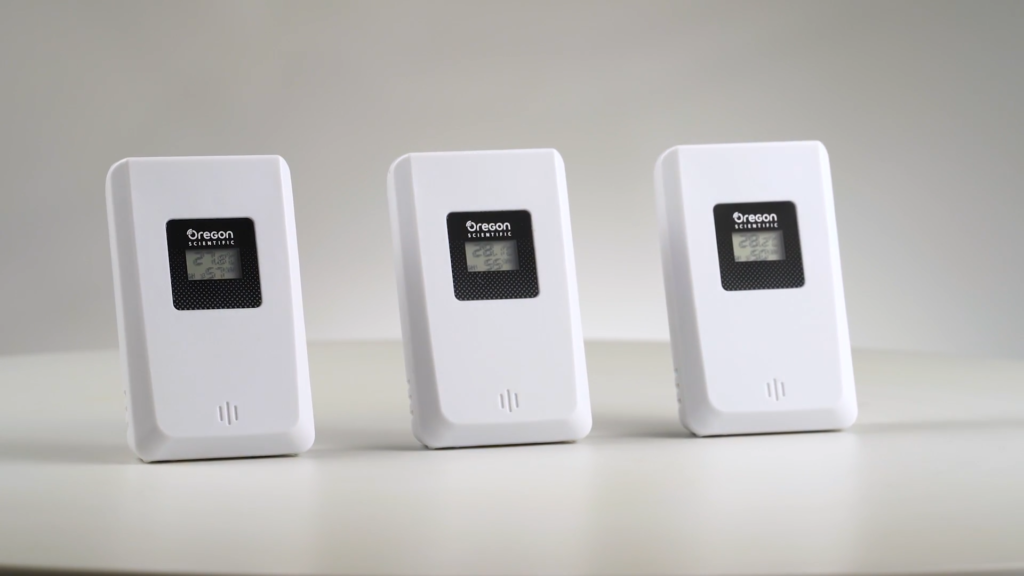
Troubleshooting Calendar Issues
One of the most common problems that users experience with their Oregon Scientific Weather Station involves the calendar function. If the calendar is not displaying the correct date or is not advancing properly, there is an easy fix you can try.
Change the language on your device
If you’re having trouble understanding the menu options or displays on your Oregon Scientific Weather Station, it may be because the language is set to something other than English. Fortunately, changing the language is a quick and easy process.
To change the language on your Oregon Scientific Weather Station:
- Press and hold the MODE button for three seconds until the display changes to English (or the desired language).
- Use the UP/DOWN buttons to scroll through the available languages.
- Press and hold the MODE button for three seconds to save your selection and return to normal operation.
You can also manually adjust the date and time on your Oregon Scientific Weather Station using the same process. Just change the date instead of the language. [1], [2]
Troubleshooting Clock Issues
Another common problem that users experience with their Oregon Scientific Weather Station is an issue with the clock. Contrary to calendars, clocks can have multiple issues that require different solutions. In this section, we’ll go over some of the most common clock problems and how to fix them.
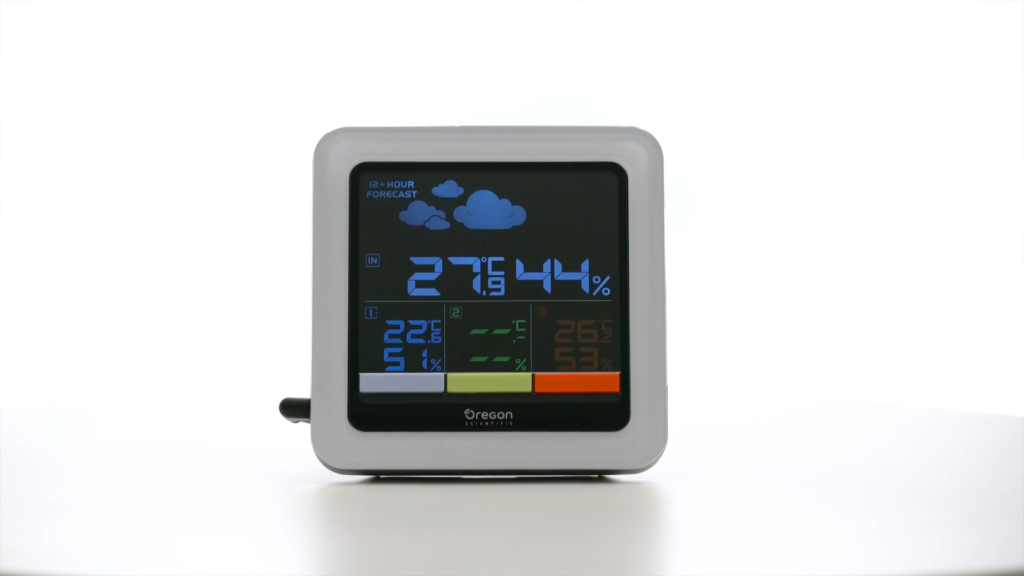
Clock can’t be adjusted
One of the most common issues with clocks is that they can’t be adjusted. This usually happens because the clock is not plugged in properly, or because the batteries are dead.
If you checked and the clock is plugged in correctly, then the next thing you should do is to disable it and then enable it again. This will reset the clock and hopefully fix the issue.
Auto-sync isn’t working
When you first set up your Oregon Scientific Weather Station, you’re asked to select your time zone and choose whether you want the clock to automatically update itself for daylight savings time. If you’ve changed your mind about either of these settings, or if the auto-sync feature just isn’t working for some reason, here’s how to fix it.
Adjust batteries
If your Oregon Scientific Weather Station is running on batteries, it’s possible that the clock is not working properly because the batteries are low. Try replacing the batteries with fresh ones and see if that solves the problem.
Reset the station
If you’re still having problems with your clock after following the troubleshooting steps above, you may need to reset the entire station. Find a RESET button in the main battery compartment, and press and hold it for about three seconds. This will hopefully resolve the performance issues you’ve been having. [1], [2], [3]
Troubleshooting Temperature Reading Issues
Another common problem that users experience with their Oregon Scientific Weather Station is an issue with the temperature readings. When you get your hands on the pricey gadget, the first thing you would want to do is to test it and see if it works as expected. In this case, many people find that the temperature readings are inaccurate.
The most obvious solution is to check and see if the batteries need to be replaced. This is because old or weak batteries can cause all sorts of problems, including incorrect temperature readings.
Next, check if the temperature is in fact in range. Make sure there’s no obstruction to the sensor as well. If there’s still a problem, it may be necessary to recalibrate the temperature sensor.
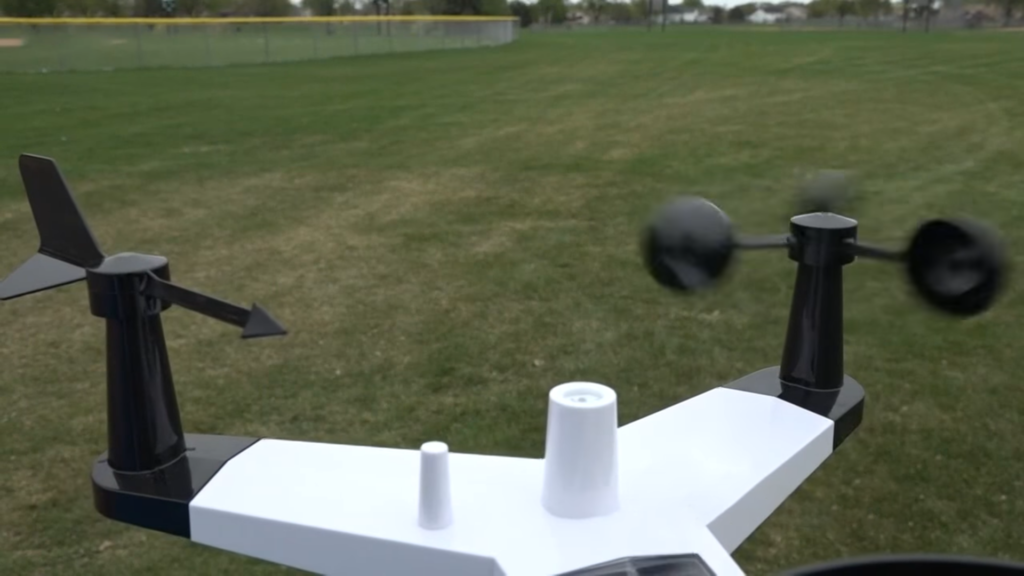
If you’re still having issues, then contact customer support for further assistance. They might be able to help you troubleshoot the issue or guide you through some more advanced steps. [1]
Troubleshooting Remote Sensor Issues
One of the great features of the Oregon Scientific Weather Station is that it comes with a remote sensor. This allows you to place the sensor in a location that’s more ideal for accurate readings. However, some people have issues with their remote sensor not working properly.
Sensor cannot be located
One issue you can encounter is that your Oregon Scientific Weather Station will say that the sensor cannot be located. This generally happens when you first set up your weather station and can be easily fixed.
Check batteries
One way to troubleshoot this issue is to check the batteries in both the remote sensor and the display unit. Make sure that they are properly inserted and have good contact. You may also want to try replacing the batteries with new ones to see if that fixes the problem.
Change location of remote sensor
If you still find that your readings are inaccurate, another thing you can do is to change the location of your remote sensor. We recommend placing the sensor in a spot that’s away from any obstacles and has a clear view of the sky. Things like walls, metal objects, or other electronic devices can interfere with the signal and cause this problem.
You can also try moving the remote sensor closer to the display unit. Sometimes, placing the sensor too far away can cause this issue.
Sensor channel cannot be changed
Another common issue people have with their remote sensor is that they are unable to change the channel. If you are having this problem, it is likely because the display is not receiving a signal from the remote sensor.
Check if all sensors are working
To fix this issue, you need to check if all the sensors are working. Make sure that the batteries are properly inserted and that the sensors are securely connected to the display.
Press and hold the MEM and CH buttons on the main unit until the channels start to cycle. If you still cannot get a signal, try resetting the remote sensor.
Data does not match main unit
Finally, the last issue you might have with a remote sensor is that the data it is displaying does not match the main unit. If this is happening, it is likely because of a weak signal.
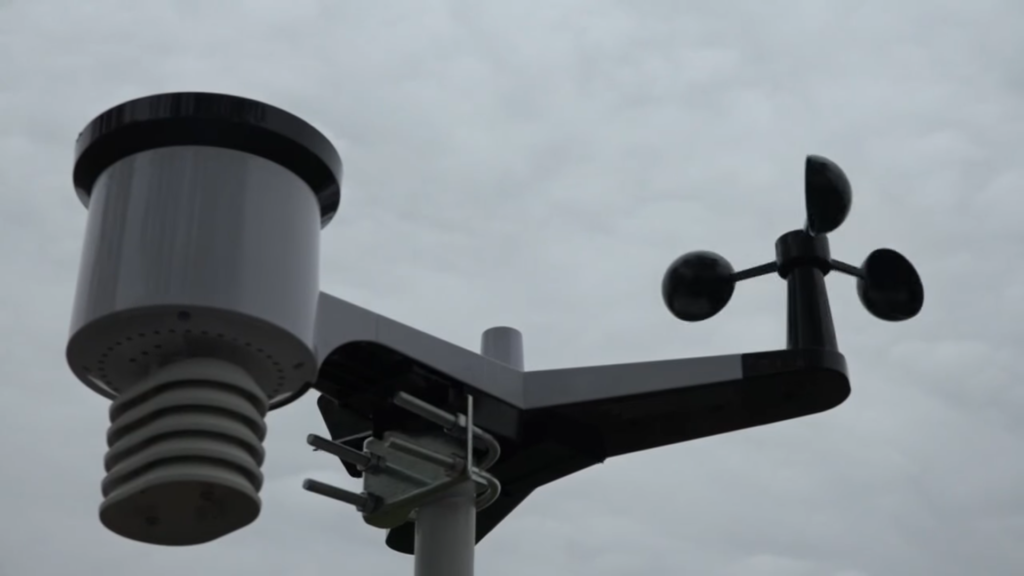
Manually search the sensor
To deal with this, you will first want to manually search the sensor. To do this, press and hold both MEM and CHANNEL buttons on the main unit for two seconds. If a channel is still not found, make sure to replace the batteries in both the main unit and remote sensor.
Finally, you need to remove all the potential obstacles between the two devices that might be causing interference. If you have done all of these things and are still having trouble, it is likely that your remote sensor is defective and will need to be replaced. [1], [2], [3]
How to Ensure a Good Performance from the Oregon Scientific Weather Station
Last but not least, we want to give you some tips on how to ensure a good performance from your Oregon Scientific Weather Station. By following these guidelines, you can help keep your device working properly for a long time.
Don’t mix the batteries
The type of batteries you use is very important for the proper functioning of your Oregon Scientific Weather Station.
Only use fresh batteries of the same type. It’s also a good idea to clean the battery contacts regularly to prevent corrosion.
Do not modify unit’s internal components
There are no user-serviceable parts inside the Oregon Scientific Weather Station. Do not attempt to open the device or tamper with any of its internal components. Doing so can void your warranty and cause irreparable damage to the unit.
Don’t subject the main unit to extreme fluctuations in temperature or humidity
Sudden changes in temperature and humidity can damage your Oregon Scientific Weather Station. Do not leave the unit in a car on a hot day, for example, or in an unheated room during winter. [1]
FAQ
Is the Oregon Scientific Weather Station accurate?
This is a difficult question to answer as it depends on many factors, including where you live, what type of terrain surrounds you, and how close you are to large bodies of water. That said, in general, Oregon Scientific Weather Stations are considered to be accurate within a few tenths of a degree.
If you find that your Oregon Scientific Weather Station is not as accurate as you would like it to be, make sure it’s properly calibrated. Instructions on how to do this can be found in the user manual.
Keep any obstructions in mind when choosing a location for your sensor as they can affect the accuracy of readings. If you live in an area with a lot of trees, for example, your Oregon Scientific Weather Station may not be as accurate as it could be if you placed it in an open area.
How do I reset my Oregon Scientific weather station?
If your Oregon Scientific weather station is not working properly, you may need to reset it. To do this, simply remove the batteries and then reinsert them. This will reset the device and should fix any issues you are having.
If your Oregon Scientific weather station still isn’t working after a reset, then you may need to contact customer support for further assistance.
How do I set the time on my Oregon Scientific weather station?
The time on your Oregon Scientific weather station can be set by following the instructions in your user manual. Simply hold the MODE button down for a few seconds until the display shows the time. Then use the UP and DOWN buttons to set the time.
It’s important to note that the time on your Oregon Scientific weather station will be reset if you remove the batteries. So, if you find that the time is incorrect, simply re-adjust it again.
How do I know if my rain sensor is working?
If your rain sensor is not working, you may see one of the following error messages: “No Rain Sensor Connected” or “Rainfall Data Not Available.” To check if your rain sensor is working, follow these steps:
First, make sure that the batteries in your rain sensor are fresh and inserted correctly.
Next, check the wiring between your rain sensor and console to ensure that it is secure and free of any damage. If the wiring appears to be damaged or loose, try reconnecting it.
Finally, check the settings on your console to ensure that the rain sensor is turned on. If it is turned off, simply turn it back on and this should fix the problem.
Useful Video: Oregon Scientific Sensor Reset From Weather Connection
Conclusion
Oregon Scientific Weather Station is a great product that can provide you with accurate readings of the current weather conditions. However, like all products, it is not perfect and may encounter some problems from time to time. This guide has provided you with some useful tips on how to troubleshoot your Oregon Scientific Weather Station so that you can continue to enjoy its benefits. We have covered the common problems with temperature readings, remote sensors and even built-in calendars. We hope that you have found this guide helpful and that it has resolved any issues you may have been experiencing with your Oregon Scientific Weather Station.
If you have followed the steps in this guide and are still having trouble with your device, then you may need to contact customer support for further assistance. Thank you for reading and we hope this guide was helpful!
References
- https://www.manualsdir.com/manuals/203852/oregon-scientific-weather-station-bar626-weather-station-bar626u.html?page=8
- https://www.manualsdir.com/manuals/203852/oregon-scientific-weather-station-bar626-weather-station-bar626u.html?page=6
- https://www.manualsdir.com/manuals/203852/oregon-scientific-weather-station-bar626-weather-station-bar626u.html?page=5

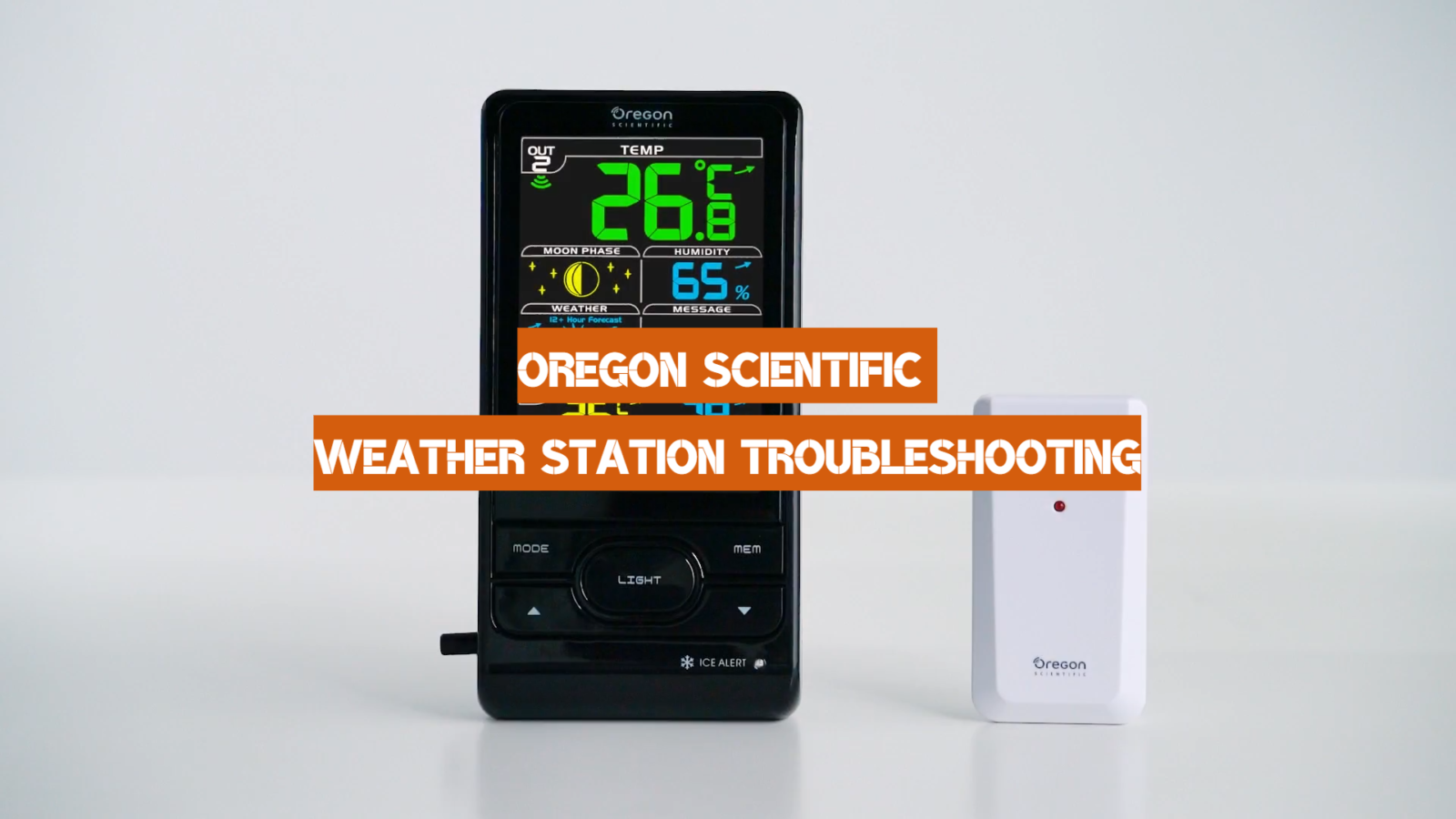
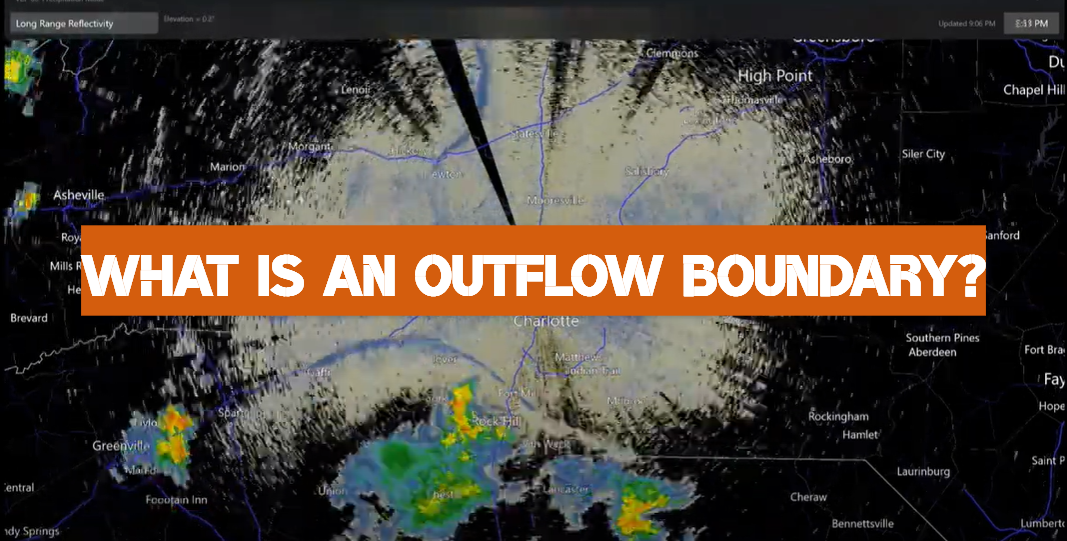

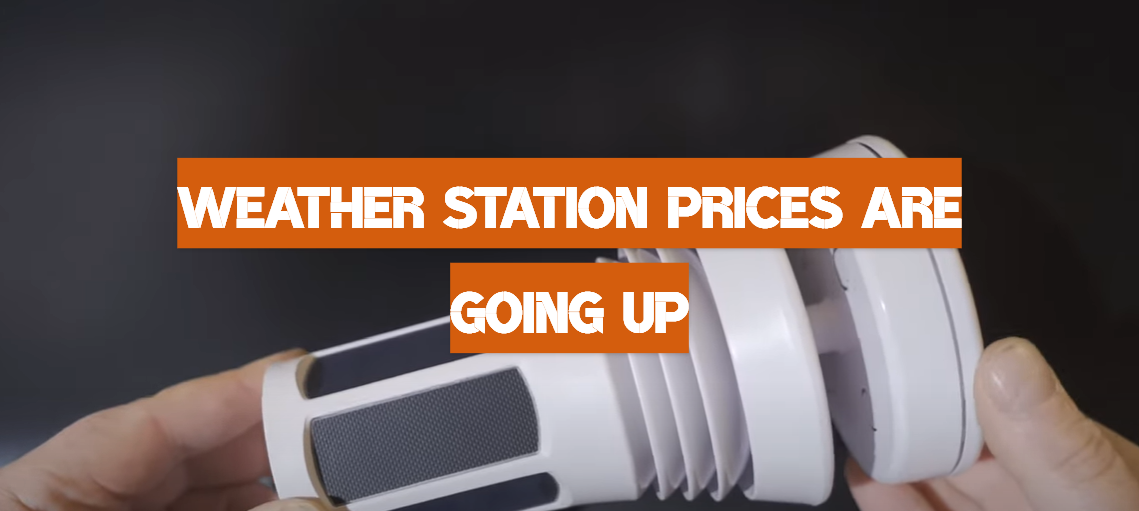
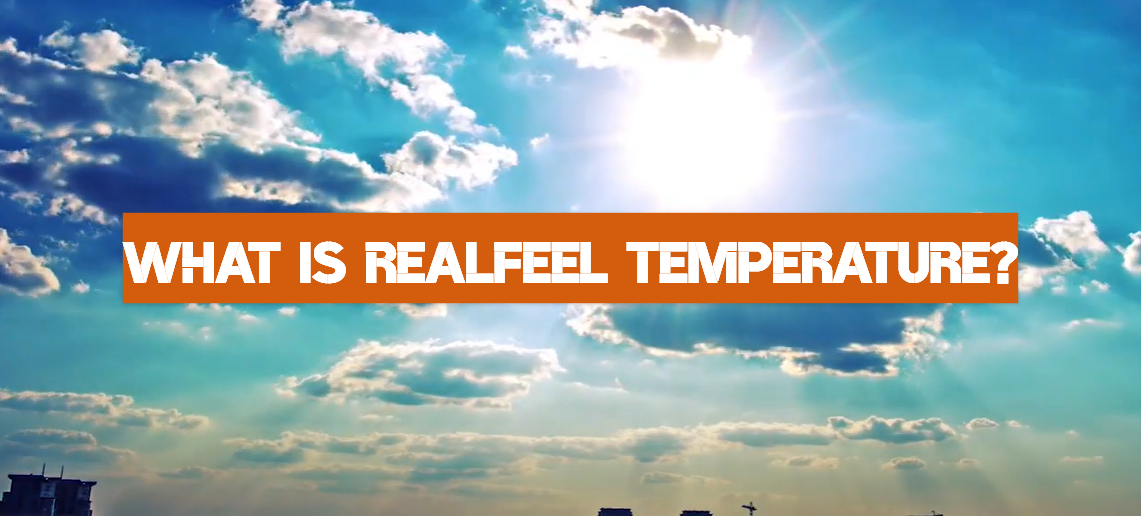
Leave a Reply